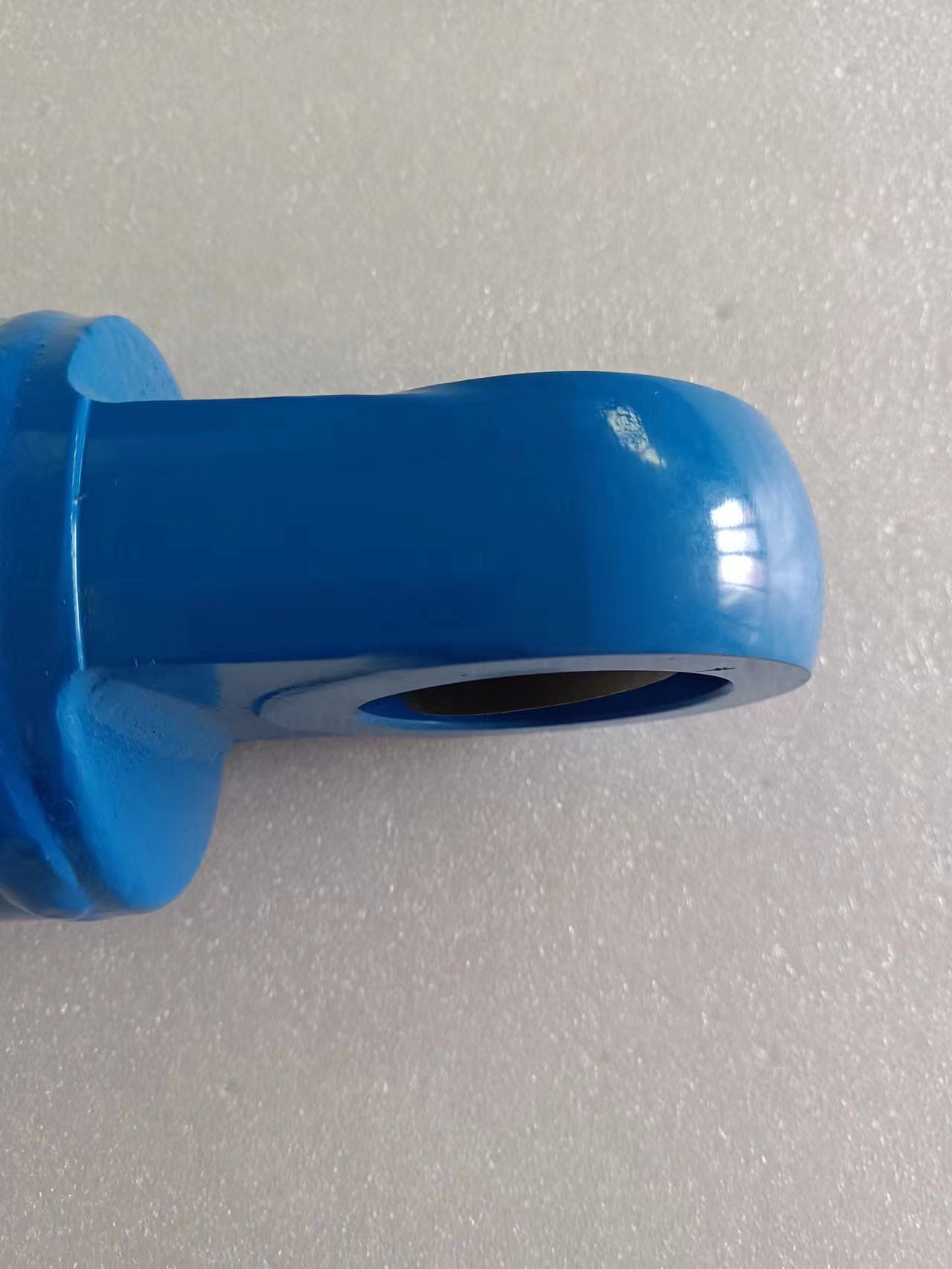Nov . 26, 2024 22:05 Back to list
Hydraulic Cylinder Solutions for Enhanced Steering Performance and Reliability
Understanding Steering Hydraulic Cylinder Products
Hydraulic systems have become an integral component in various industries, especially in the field of automotive and heavy machinery. One of the pivotal elements in these hydraulic systems is the steering hydraulic cylinder. This component plays a crucial role in ensuring precise steering control, enhancing maneuverability, and improving overall safety in vehicles. In this article, we will explore the design, functionality, applications, and maintenance of steering hydraulic cylinder products.
What is a Steering Hydraulic Cylinder?
A steering hydraulic cylinder is a mechanical device that converts hydraulic pressure into linear motion to assist in steering control. It operates on the principle of fluid mechanics, where the force from hydraulic fluid is used to create movement. This ensures that steering mechanisms can operate with greater efficiency and less manual effort compared to traditional steering systems.
Design and Functionality
The design of steering hydraulic cylinders is both complex and crucial for effective steering dynamics. These cylinders typically consist of a cylindrical tube, a piston, and hydraulic fluid. When the driver turns the steering wheel, a hydraulic pump generates fluid pressure that pushes the piston within the cylinder. This action translates to movement, enabling the steering linkage to turn the wheels with precision.
The hydraulic cylinder's design is engineered to withstand high pressures and provide reliable performance over time. Materials used in construction are generally sturdy and resistant to wear, ensuring longevity and durability. Additionally, advanced seals and coatings are utilized to prevent leaks and reduce friction, thus enhancing efficiency.
Applications of Steering Hydraulic Cylinders
Steering hydraulic cylinders are used extensively across various sectors. In the automotive industry, they are vital in power steering systems that enhance driver comfort and control. Whether in passenger vehicles or heavy trucks, these cylinders enable smooth and responsive steering, reducing fatigue during long drives or challenging maneuvering scenarios.
Moreover, steering hydraulic cylinders are also employed in construction equipment such as excavators, bulldozers, and cranes. In these applications, precise steering is crucial for safe operation and maneuverability in constrained spaces. The ability of hydraulic cylinders to provide significant force allows operators to handle heavy loads and navigate challenging terrains with ease.
Advantages of Steering Hydraulic Cylinder Products
steering hydraulic cylinder products

1. Efficiency Hydraulic systems can provide higher power output with less input, making steering operations more efficient compared to mechanical systems. 2. Reduced Effort Power steering enabled by hydraulic cylinders significantly reduces the physical effort required to steer a vehicle, making it more accessible for drivers of all ages and abilities.
3. Precision Control Hydraulic cylinders offer precise control, which is essential for both everyday driving and specialized applications in construction and agriculture.
4. Durability These cylinders are designed to withstand harsh conditions, ensuring a long service life and minimizing the need for frequent replacements.
Maintenance of Steering Hydraulic Cylinders
To ensure optimal performance and longevity of steering hydraulic cylinders, regular maintenance is crucial. Some key maintenance practices include
1. Fluid Checks Regularly monitoring the hydraulic fluid level and quality is essential. Contaminated or low fluid levels can lead to reduced performance and potential damage.
2. Leak Inspection Checking for leaks around the cylinder seals and fittings helps prevent fluid loss and ensures safe operation.
3. Visual Inspection Periodically inspecting the cylinder for any signs of wear or damage can prevent unexpected failures and maintain safety.
4. Professional Servicing Engaging professional services for comprehensive maintenance and repairs can enhance the reliability and lifespan of hydraulic steering systems.
Conclusion
Steering hydraulic cylinder products are foundational to modern vehicle operation and machinery. Their ability to enhance steering accuracy, reduce driver effort, and provide robust performance makes them indispensable across various applications. Understanding their design, functionality, and maintenance can lead to more informed decisions for engineers, fleet operators, and vehicle owners alike. As technology advances, we can expect further innovations in hydraulic systems that will continue to improve safety and performance in both automotive and industrial applications.
-
Fork Lift Power Units - Hebei Shenghan | Efficiency, Reliability
NewsJul.13,2025
-
1.5-Ton Turbocharged Cylinder-Hebei Shenghan|Hydraulic Solution,Energy Efficiency
NewsJul.13,2025
-
Auto Hoist Power Units-Hebei Shenghan|Efficiency&Industrial Lifting
NewsJul.13,2025
-
Double Acting Power Units-Hebei Shenghan|Hydraulic Solutions,Industrial Efficiency
NewsJul.13,2025
-
1.5 Ton Lifting Cylinder 70/82-40-290-535 - High-Performance Hydraulic Solution | Hebei Shenghan
NewsJul.13,2025
-
Fork Lift Power Units - Hebei Shenghan | Efficiency&Reliability
NewsJul.13,2025
